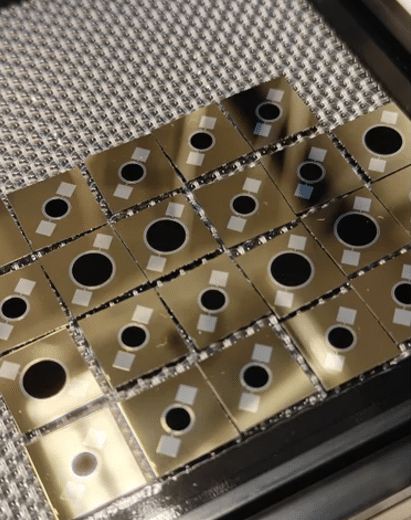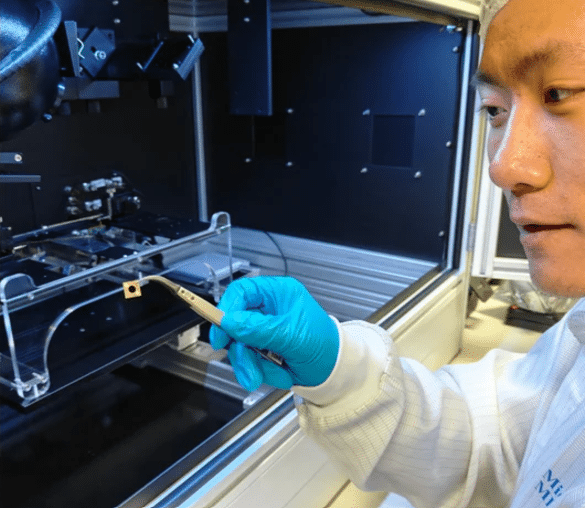A new infrared photodiode could redefine the efficiency of remote controls, self-driving cars, and virtual reality by combining affordability and cutting-edge performance.

Infrared light detection powers technologies we use every day, from remote controls and autofocus systems to self-driving cars and virtual reality headsets. Researchers at Aalto University have now unveiled a photodiode that promises to enhance the efficiency and affordability of infrared sensors, potentially transforming these applications. They have created an infrared photodiode that is 35% more responsive at the crucial telecommunications wavelength of 1.55 µm compared to other germanium-based components.
The innovation lies in using germanium instead of the more expensive indium gallium arsenide (InGaAs) for photodiodes. Germanium is both cost-effective and fully compatible with current semiconductor manufacturing processes. Historically, its limited ability to detect infrared light posed a significant barrier—until now.

The newly developed germanium photodiodes capture nearly all incident infrared light, significantly outperforming commercial InGaAs photodiodes in responsiveness across a wide range of wavelengths. This leap in performance is achieved through a combination of cutting-edge techniques, including eliminating optical losses with surface nanostructures and reducing electrical losses via advanced engineering methods. Unlike many emerging technologies, these photodiodes can be seamlessly integrated into existing manufacturing lines, paving the way for widespread adoption.
Infrared sensing has become indispensable in modern life, with applications expanding into every corner of technology. The possibilities are immense, from enhancing the precision of self-driving cars to improving the responsiveness of virtual reality systems. As the device transitions from lab to production, it can redefine industries that rely on infrared technology, bringing high performance at a fraction of the cost. This underscores the growing importance of material science in shaping the future of electronics, bridging affordability and high efficiency for real-world applications.







